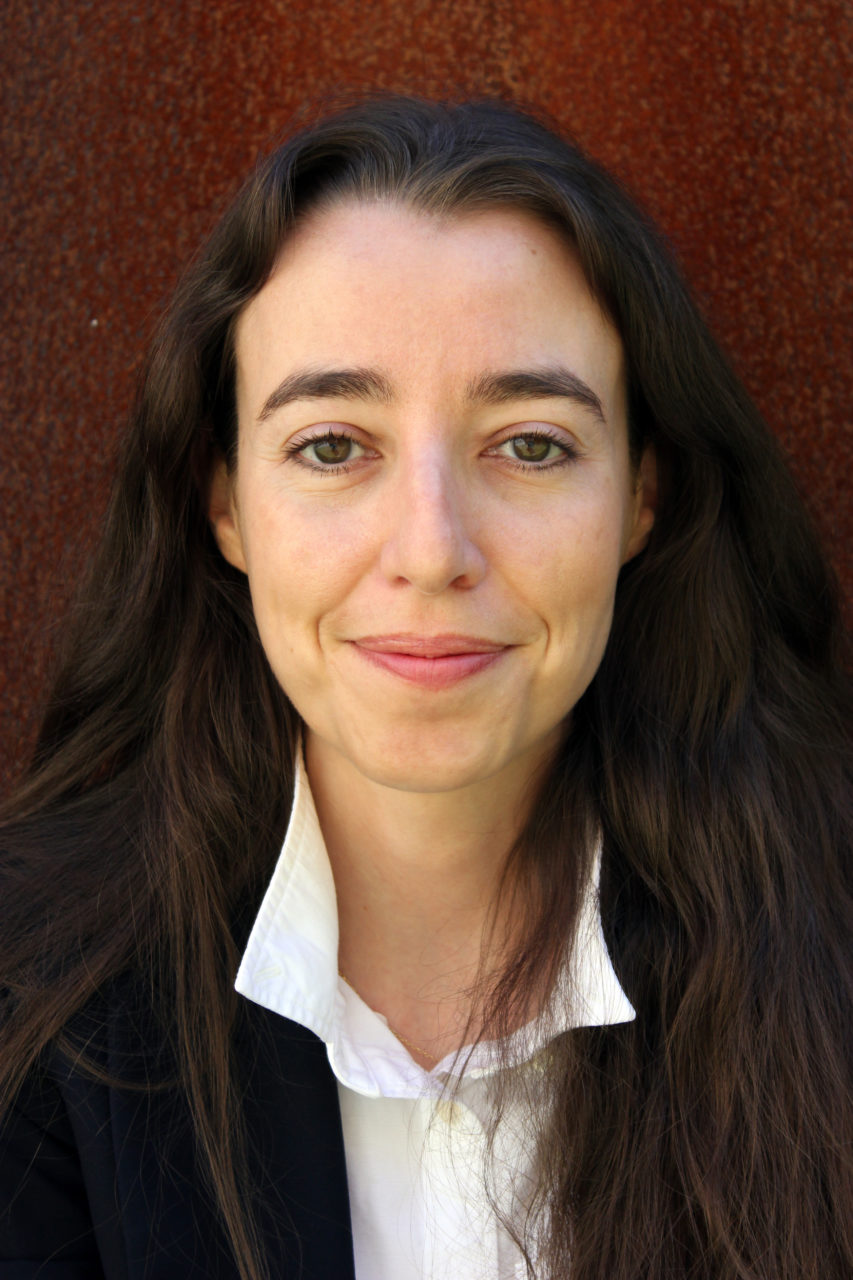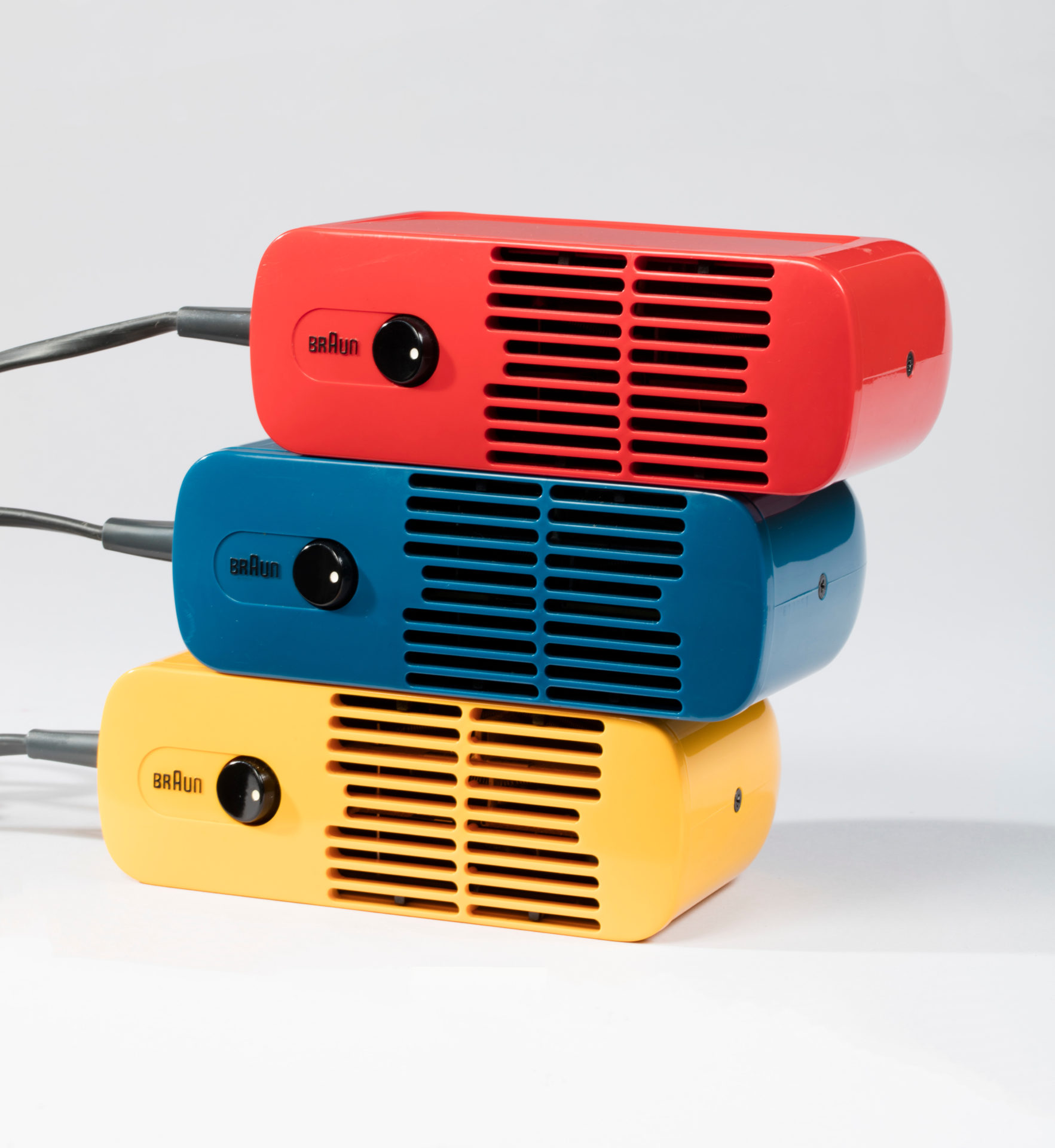In March, Maria Nicanor assumed the directorship of the Cooper Hewitt, Smithsonian Design Museum. Born in Barcelona and raised in Madrid, Nicanor possessed an innate curiosity about how the material world works that led her to pursue an education in art and architectural history, while her desire to tell stories about what she learned took her on a path of curatorial studies. Over the past 17 years, she has held a variety of positions at institutions in Europe and the United States that interpret and present architecture and design to the broader public. AN editor in chief Aaron Seward recently connected with Nicanor to discuss her new role, what makes the Cooper Hewitt special, and what might be in store for the museum’s next chapter.

Aaron Seward: Your previous position was as director of the Rice Design Alliance (RDA), the public programs and outreach arm of the Rice School of Architecture in Houston. The move in a way seems like a return to the sort of institutions you’ve worked for in the past, like the Guggenheim in New York and the Victoria and Albert Museum in London. Could you speak a bit about how you see the differences and similarities of these institutions and how they fit into the arc of your extraordinary career?
Maria Nicanor: Joining the Cooper Hewitt is technically a return to museums for me after the years [working] in higher education at Rice University. I see, however, more similarities than I see differences between the work I carried out at the Guggenheim and the V&A and [at the] Rice Design Alliance. My work at all three institutions had to do with the telling of stories about the importance [that] architecture, design, and the built environment have in our everyday lives. I didn’t work with permanent collections in any of those organizations—some didn’t have them—and the ideas, rather than objects, drove the programming that I was able to curate. So I think it’s about ideas and formats, or at least I prefer to think about it that way, more than it is about drawing clear lines on the sand about what the outputs of a museum or a university are supposed to be. Museums are public-facing, and at Rice I led an organization that aimed to be the outward-looking connection between academia—an architecture school—and the city through outreach and programs. Both have a component of translation, of taking ideas, research, or collections and translating them into different formats that might better suit the different ways that people have of learning and taking in information. Sometimes it’s an exhibition, but many other times it’s a panel discussion, it’s a blog post, it’s a studio visit, or a fun party. The fluidity of these notions was even more reinforced during the pandemic, when traditional visions of what a museum is were challenged in really positive ways.
Joining the Cooper Hewitt is such a natural evolution for me at this point because it brings together what I have come to realize are the three pillars of my career that I haven’t always been able to find in one single organization: my strong belief in public institutions, together with my background as an architecture and design curator, as well as my knowledge and experience in museums as non-neutral, complex organizations.

AS: Where do you think the Cooper Hewitt sits within the context of other institutions that collect and exhibit design? What makes it special?
MN: I can’t stress enough how crucial it is and how lucky we are that this country has a public, national museum devoted to design and architecture. Many countries don’t have this or are only now—in 2022—in the process of creating such institutions. Positioning the design fields as crucial to a nation’s public education through the Smithsonian network is just huge. It’s a platform that isn’t comparable to any other. It’s a powerful message to be a public organization in today’s America and to see design education as a right for everyone rather than a privilege or a consumer service. We want everybody to know that this is their museum. Now, that doesn’t mean that we need to act or collect in the same ways that other institutions collect and exhibit design. There are extraordinary collections out there that we don’t pretend to match. That isn’t the goal. We are not MoMA, nor should we be. The richness is in how all of us complement each other’s strengths.

AS: I know this is early days, but can you speak at all about your plans for the museum? Or perhaps a better way to ask this question is, what do you think the Cooper Hewitt does well and where do you anticipate pushing the envelope?
MN: Early days indeed. Today is, I think, day ten on the job, and I’m absorbing the deep knowledge of all of my colleagues at the Smithsonian in D.C., at the museum in New York, and of all our committed board members and friends who love and know the Cooper Hewitt so well.
The museum has a very particular DNA that I’d like to push to its limits because of the way in which it was established in the 1890s by the sisters Sarah and Eleanor Hewitt. Sarah and Eleanor were the granddaughters of industrialist and inventor Peter Cooper, founder of the Cooper Union for the Advancement of Science and Art. In 1897, they established a museum within Cooper Union that was conceived as a “practical working laboratory” where students and designers could go to be inspired by the collection of objects they gathered and that forms the core of the museum’s collection today.
Their concept of a practical working laboratory is a visionary one for their time that we are uniquely positioned to bring to its next phase in a moment when museums are being asked—demanded practically—to reinvent themselves as more socially aware cultural institutions that are better attuned to the needs of the audiences we serve.
That desire and feeling of experimentation, translated to our own times, is an important character trait of Cooper Hewitt that I would like to see us push to its contemporary iteration, not only in the content of what we do but also in how we get there. Both are equally important.
